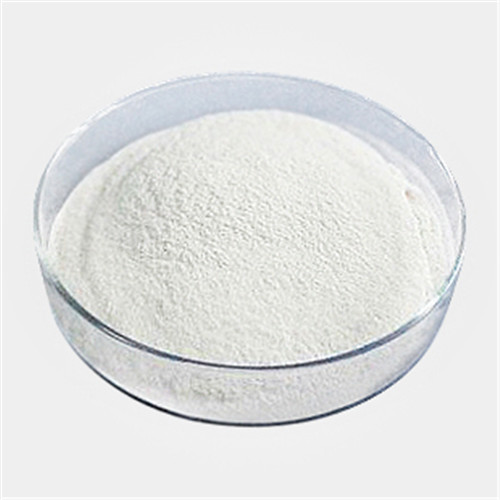| Message: | Product Name: Mannitol
Alias: D-Mannitol,Diosmol,Manicol,Manita,Manna Sugar
CAS: 69-65-8
EINECS: 200-711-8
MF: C6H14O6
MW: 182.17
Purity: 99%
Grade: Pharmaceutical Grade
Appearance: White Powder
Mannitol (also referred to as mannite or manna sugar) is a white, crystalline solid that looks and tastes sweet like sucrose. It was originally isolated from the secretions of the flowering ash and called manna after its resemblance to the Biblical food. In plants it is used to alleviate osmotic stress. Mannitol has several industrial uses, but is mainly used to produce tablets of medicine. Mannitol is classified as a sugar alcohol; that is, it is derived from a sugar (mannose) by reduction. Other sugar alcohols include xylitol and sorbitol. Mannitol and sorbitol are isomers, the only difference being the orientation of the hydroxyl group on carbon 2.
Mannitol is used clinically in osmotherapy to reduce acutely raised intracranial pressure until more definitive treatment can be applied, e.g., after head trauma. It is also used to treat patients with oliguric renal failure. Intravenous mannitol opens the blood-brain barrier to hydrophilics by stretching the tight junctions between the endothelial cells.
Mannitol is commonly used in the circuit prime of a heart lung machine during cardiopulmonary bypass. The presence of mannitol preserves renal function during the times of low blood flow and pressure, while the patient is on bypass. The solution prevents the swelling of endothelial cells in the kidney, which may have otherwise reduced blood flow to this area and resulted in cell damage.
Mannitol is also the first drug of choice for the treatment of acute glaucoma in veterinary medicine. It is administered as a 20% solution IV. It dehydrates the vitreous humor and, therefore, lowers the intraocular pressure. However, it requires an intact blood-ocular barrier to work.
|
 my account
my account
 log out
log out
 my account
my account
 log out
log out
